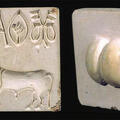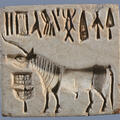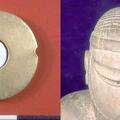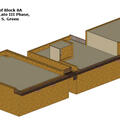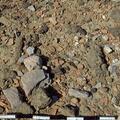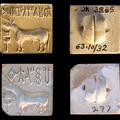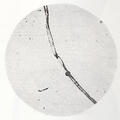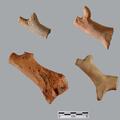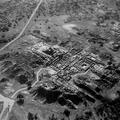Private Person or Public Persona? Use and Significance of Standard Indus Seals as Markers of Formal Socio-Economic Identities
This deeply investigative article published in Walking with the Unicorn (2018) takes on some of the most unusual facts about ancient Indus seals to surmise about their function in the Indus polity as a whole.

